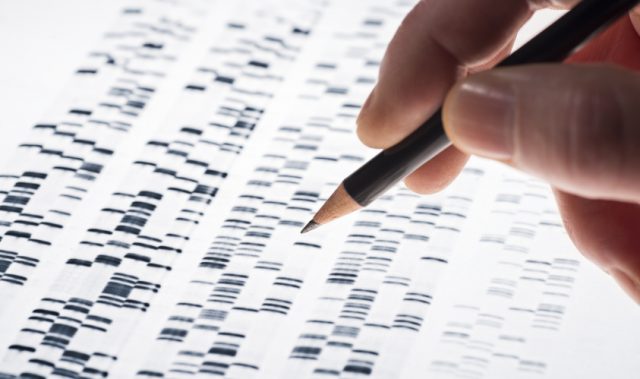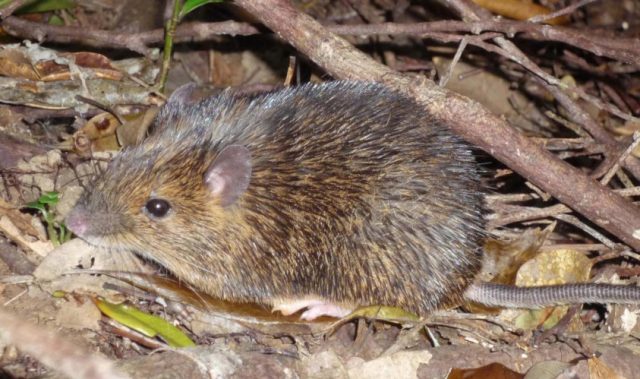
AsianScientist (Jan. 6, 2017) – Researchers from the University of Tsukuba have identified the conditions which helped a bacterial gene adapt to the sea squirt genome. Their findings have been published in Proceedings of the Royal Society B.
The transfer of genes from one organism to another is potentially a rapid way for evolution to occur and for complicated novel functions to emerge. However, even when the two organisms in question are in close proximity to each other, the transfer of genetic material and its introduction into a new genome only marks the initial step for successful horizontal gene transfer. It is also necessary for the gene to be expressed in a way that benefits the new host and ensures that it is passed down through the generations.
In marine filter feeders called ascidians or sea squirts, the cellulose synthase gene encodes a protein that forms a protective external coating. Interestingly, this gene was acquired by horizontal transfer from actinobacteria. Cellulose synthase is specifically expressed in a protective outer layer of cells called the epidermis, a location thought to be key to its coating-related function in sea squirts. However, how the gene inserted itself into this useful location is not known.
In the present study, the Tsukuba research team has found that the GC content of the cellulose synthase gene played a part.
Although all DNA sequences consists of the four letters or bases of A, C, G, and T, their proportions differ depending on the organism. For example, in actinobacteria, over 70 percent of the DNA consists of Gs and Cs, while the genome of sea squirts has an abundance of As and Ts.
“We showed that a region adjacent to the cellulose synthase gene is responsible for its specific epidermal expression,” study coauthor Dr. Yosuke Ogura said. “Sequence analysis revealed that this region contains a binding site of a transcription factor called AP-2 and, when we induced mutations in this binding site, the expression of cellulose synthase in the ascidian epidermis disappeared.”
“AP-2 inherently binds to GC-rich regions, so it was already primed to start interacting with the bacterial GC-rich DNA once it had integrated into the ascidian genome,” first author Professor Yasunori Sasakura said. “The GC-specificity and epidermal expression of AP-2 meant that the introduced cellulose synthase gene could immediately be expressed in its new surroundings in a beneficial way.”
These findings provide interesting insight into one way in which the conditions in the new host can facilitate expression of a newly transferred gene and its integration into the host’s functions, reducing the improbability that a randomly inserted foreign gene could actually be beneficial.
The article can be found at: Sasakura, et al. (2016) Transcriptional Regulation of a Horizontally Transferred Gene from Bacterium to Chordate.
———
Source: University of Tsukuba.
Disclaimer: This article does not necessarily reflect the views of AsianScientist or its staff.












